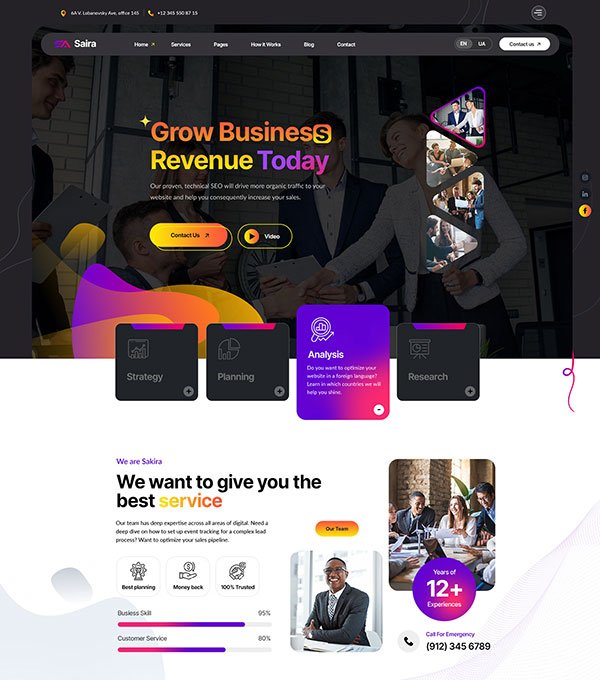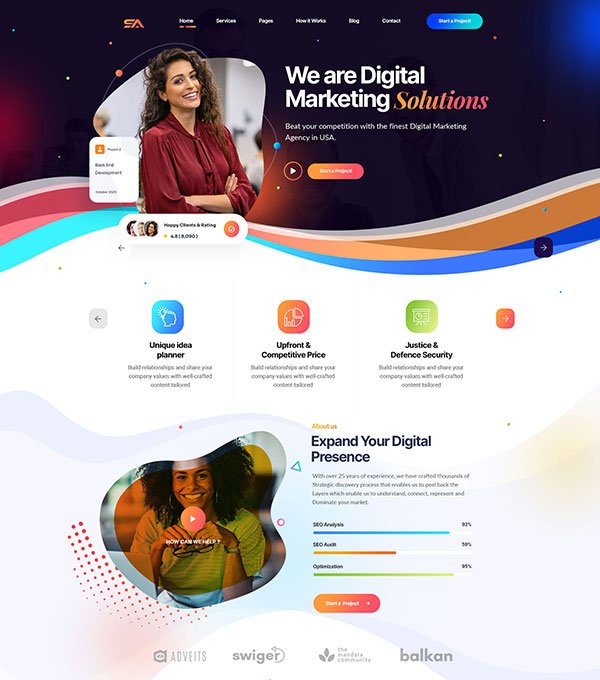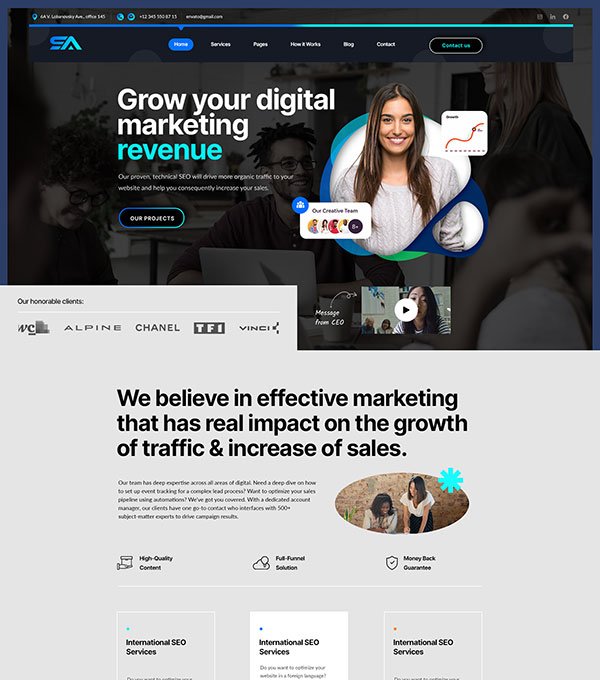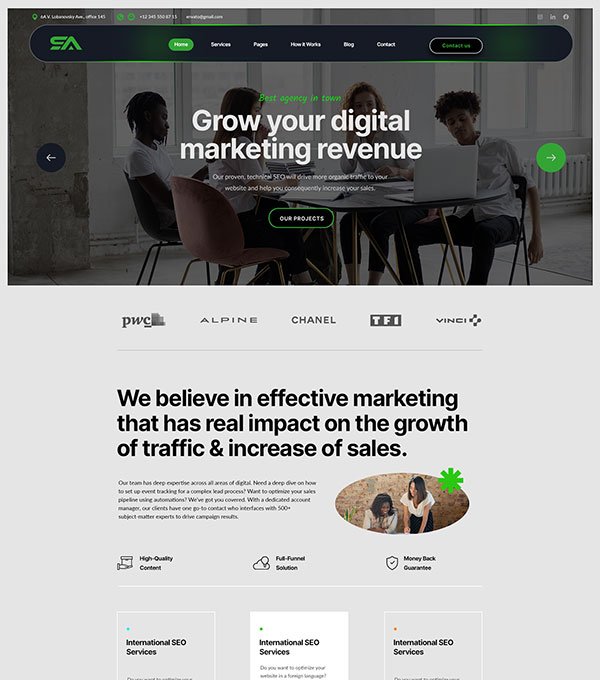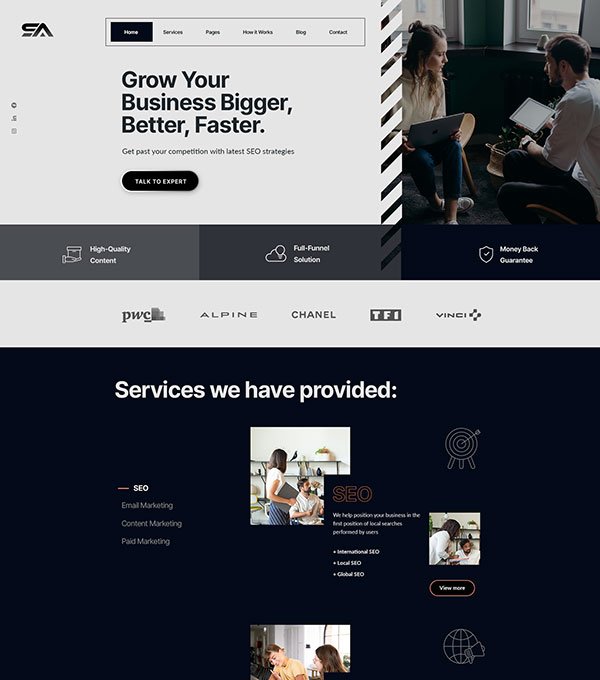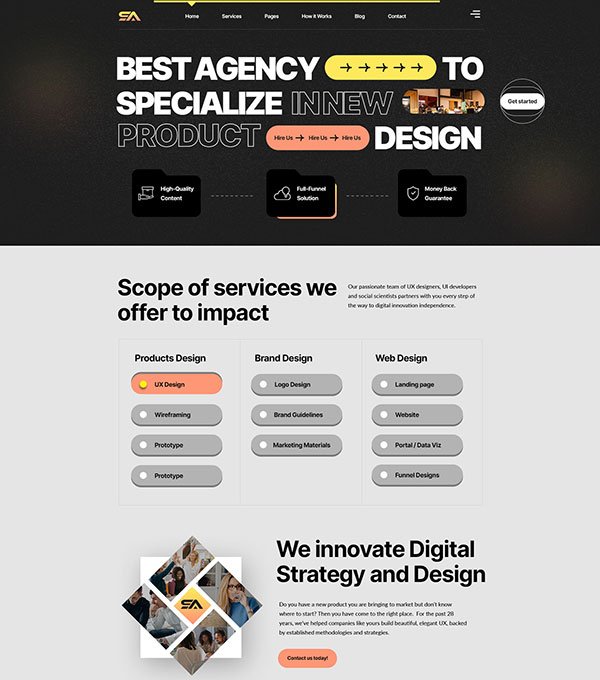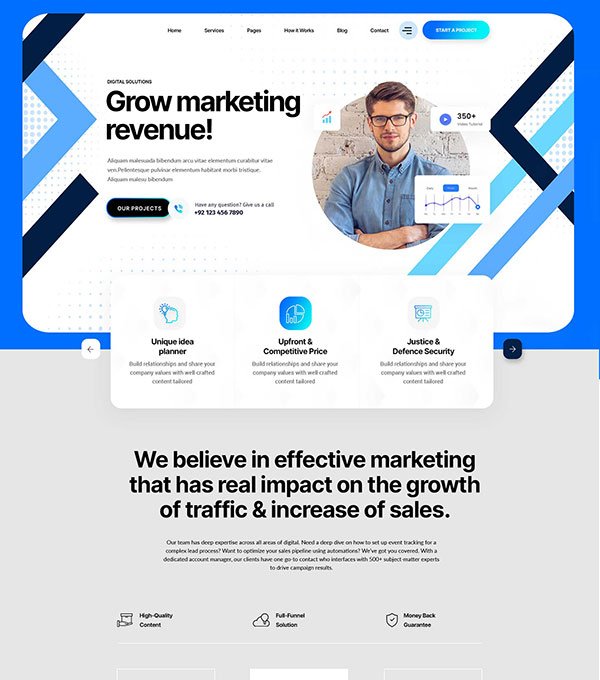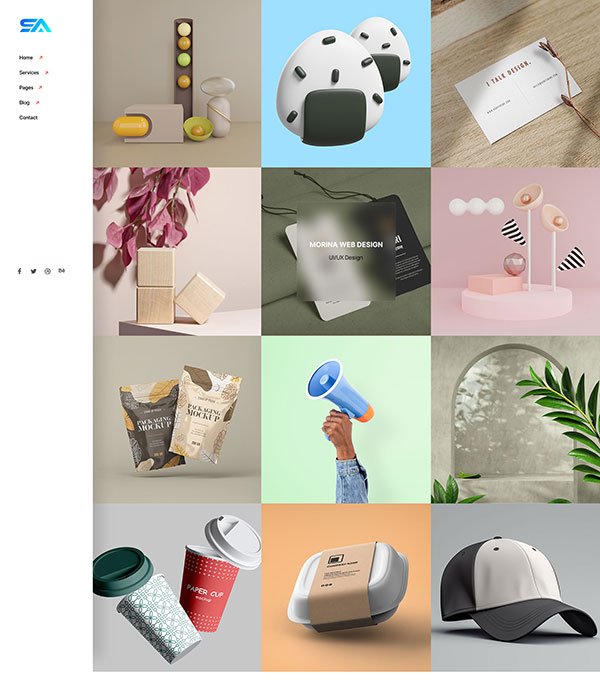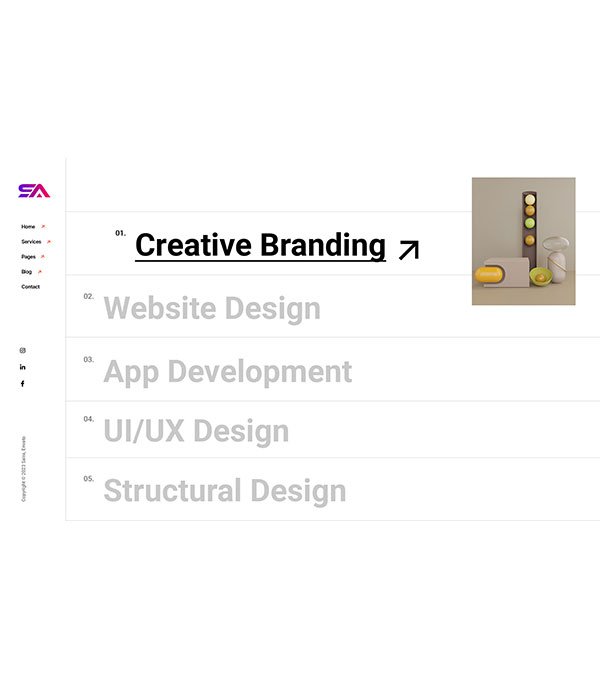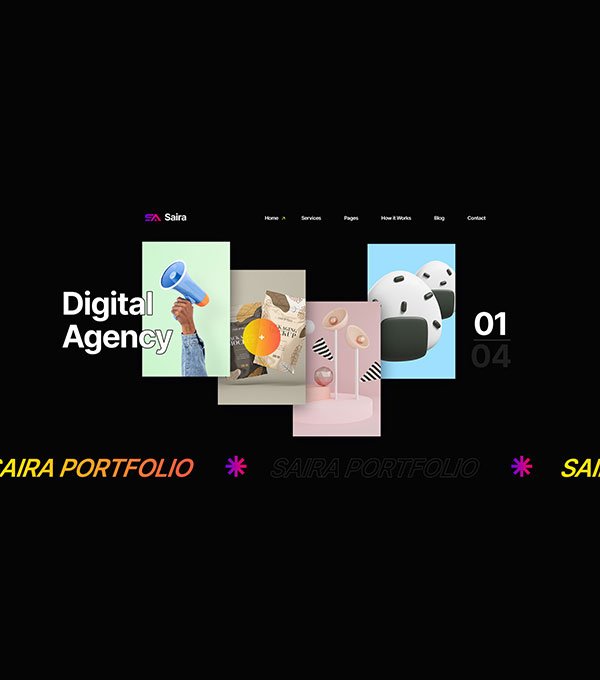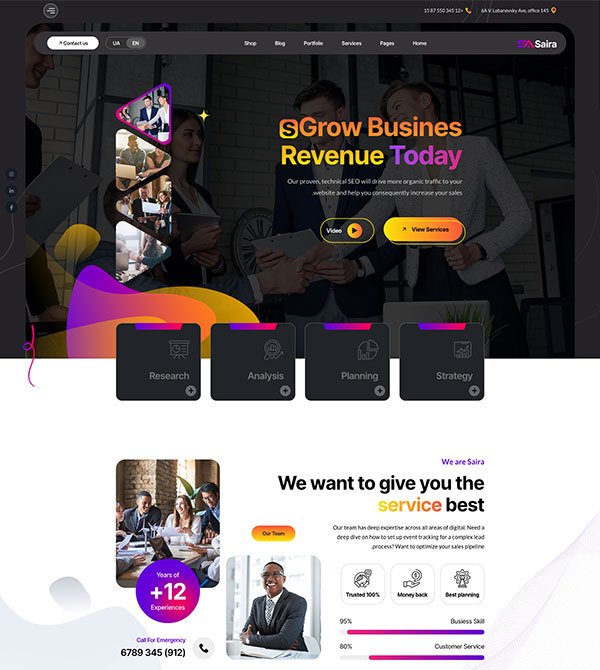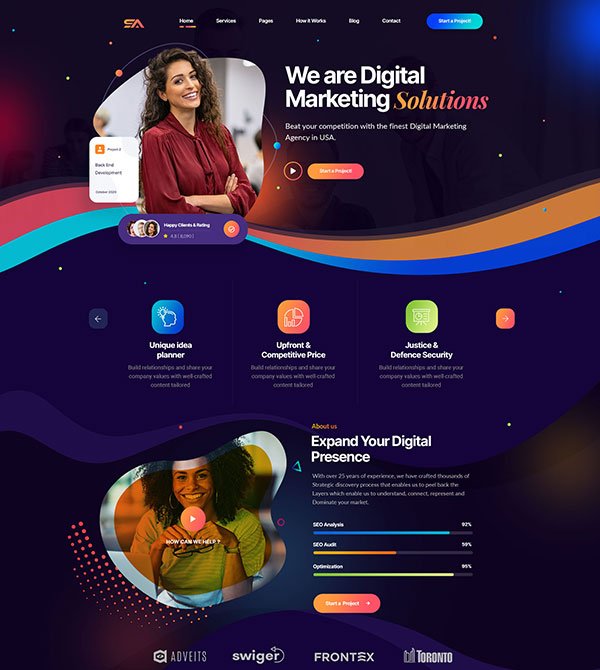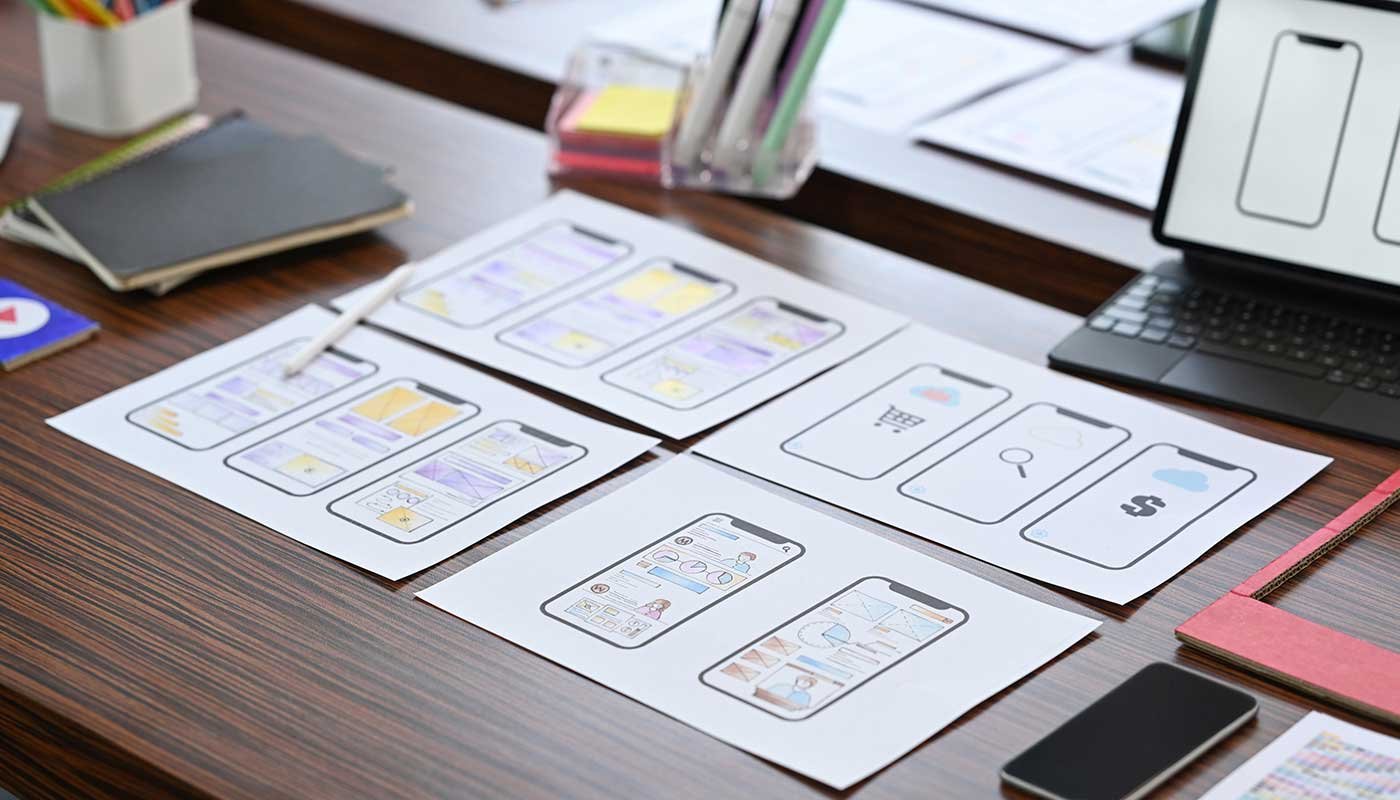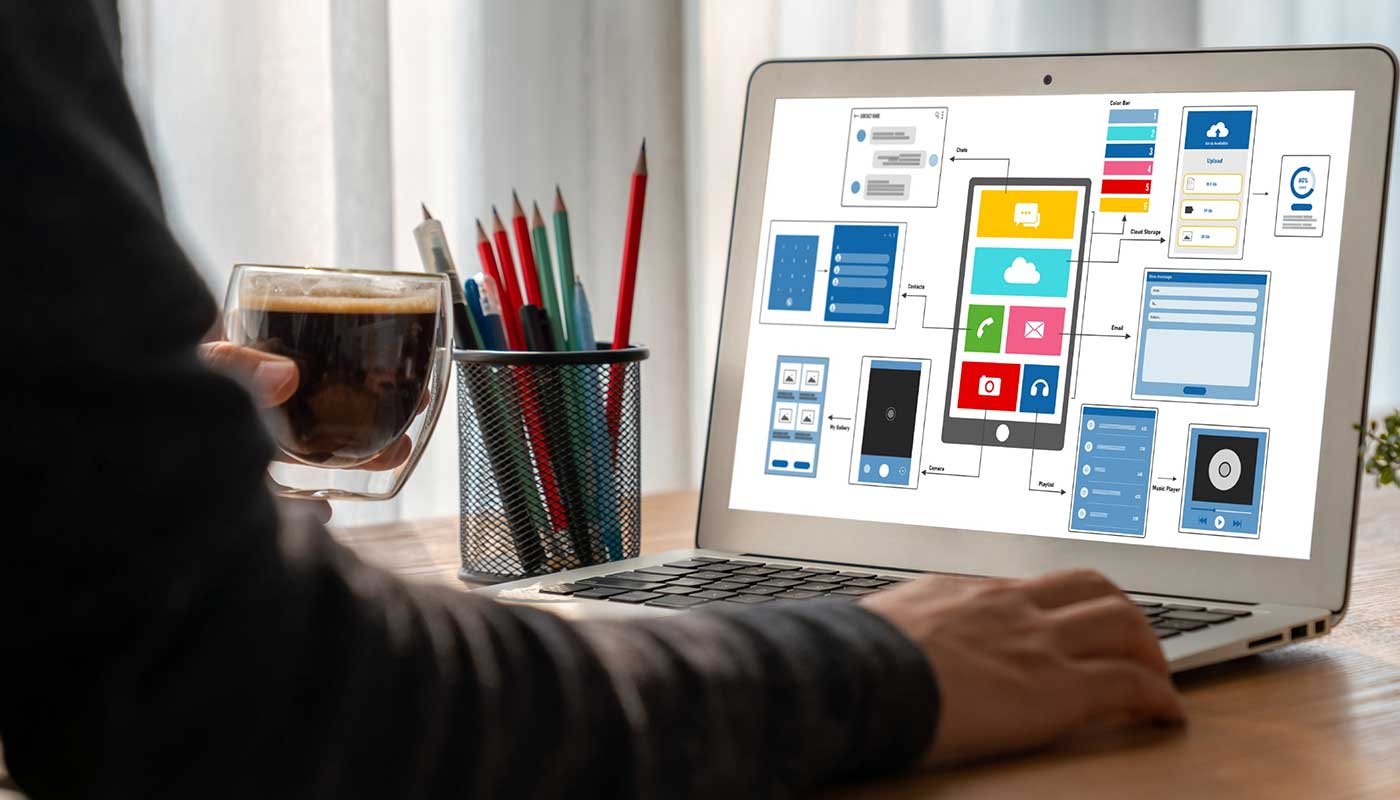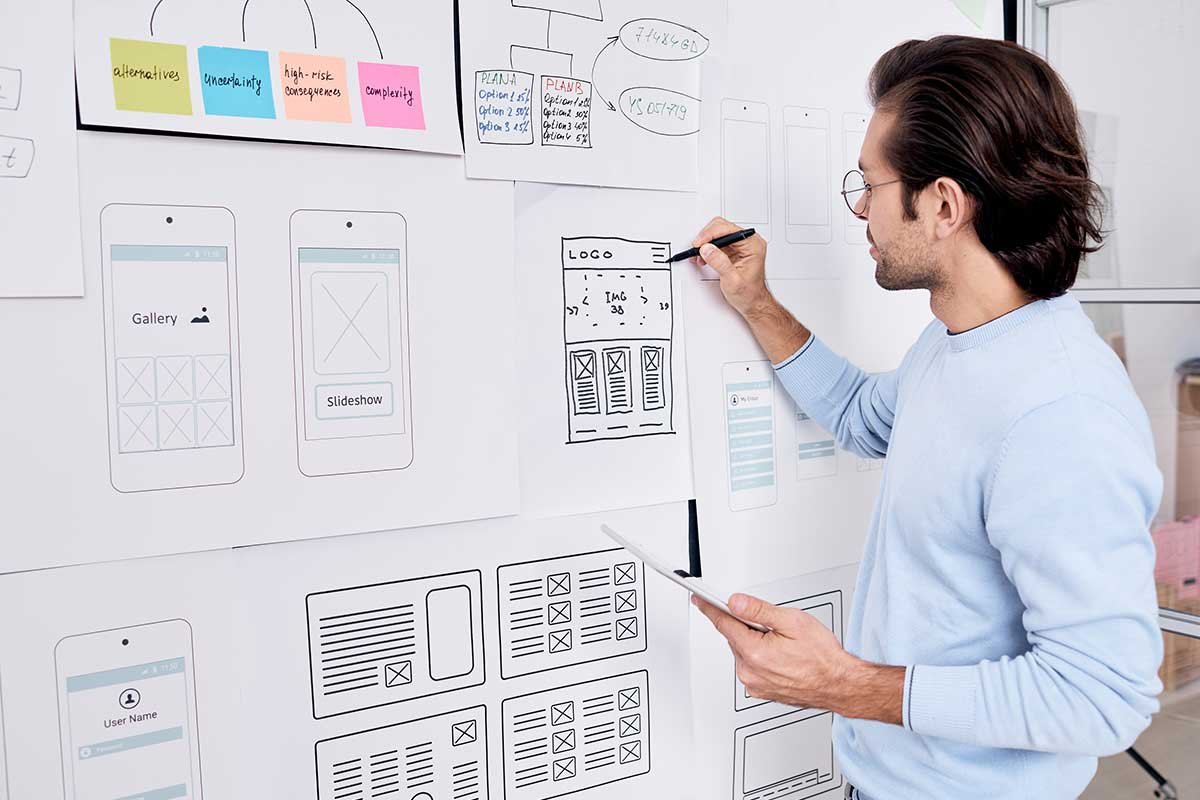
graphic Design
Graphic design is a multifaceted creative discipline that visually communicates messages, ideas, and information through the strategic use of imagery, typography, and layout. It’s a fundamental aspect of branding, marketing, and communication, serving as the visual language that connects businesses and organizations with their target audiences. Graphic designers are visual problem-solvers, employing their artistic and technical skills to create compelling designs that resonate with viewers and achieve specific objectives. The field encompasses a wide range of specializations, from branding and logo design to web design, packaging design, and print design, each requiring a unique set of skills and expertise. The core of graphic design lies in its ability to transform abstract concepts into tangible visual representations, making complex information accessible and engaging
At the heart of graphic design lies the understanding and application of fundamental design principles. These principles, including balance, contrast, emphasis, rhythm, proportion, and unity, serve as the building blocks for creating visually appealing and effective designs.
Balance ensures visual stability and harmony, preventing designs from feeling lopsided or chaotic. Contrast creates visual interest and hierarchy, drawing attention to key elements and guiding the viewer’s eye. Emphasis highlights specific elements, making them stand out and convey important messages. Rhythm establishes a sense of movement and visual flow, leading the viewer through the design. Proportion deals with the relative size and scale of elements, ensuring visual harmony and balance. Unity creates a sense of cohesion and completeness, tying all the elements together into a unified whole. These principles, when skillfully applied, elevate designs from mere visual presentations to powerful communication tools.
What is Graphic Design?
Types of Graphic Design:
Key Elements of Graphic Design:
Website Design
Typography, the art of selecting and arranging typefaces, plays a crucial role in graphic design. The choice of typeface can significantly impact the overall tone and message of a design. Designers carefully consider factors such as readability, legibility, and aesthetic appeal when selecting typefaces. They also manipulate type size, weight, spacing, and alignment to create visual hierarchy and enhance the design’s impact. Color theory, another essential aspect of graphic design, explores the psychological and cultural associations of colors. Designers use color strategically to evoke emotions, convey messages, and create visual harmony. They understand the interplay of colors and their impact on perception, ensuring that their color choices align with the design’s objectives and target audience.
UI/UX & Product Design
The tools and technologies used in graphic design have evolved significantly over the years. While traditional design methods, such as sketching and hand-rendering, still hold value, digital tools have become indispensable. Software applications like Adobe Photoshop, Illustrator, and InDesign provide designers with powerful capabilities for image editing, vector graphics creation, and layout design. These tools enable designers to create complex and sophisticated designs with precision and efficiency. Web design, a specialized area of graphic design, focuses on creating visually appealing and user-friendly websites. Designers consider factors such as user experience, navigation, and responsiveness when designing websites, ensuring that they are both aesthetically pleasing and functional across various devices
In conclusion, graphic design is a dynamic and essential field that plays a vital role in shaping our visual world. It’s a blend of artistry, technical skill, and strategic thinking, where creativity meets communication. Graphic designers are visual storytellers, translating ideas and messages into compelling visual narratives that resonate with audiences and achieve specific objectives. Their work impacts everything from branding and advertising to web design and user experience, making them invaluable assets to businesses and organizations across industries. As technology continues to evolve, graphic design will undoubtedly continue to adapt and innovate, shaping the future of visual communication.



